Use idle resources to earn pocket money (suitable for school students and housewives)
Solutions:
1. Log in to the database
mysql -uroot -p
Enter the password
2. Select your database instance (e.g., my instance name is Blog)
use blog;
3. Execute the following command (the table name depends on what the prefix is and find the table with the _options suffix).
Update TB_options Set option_value= ‘where option_name=’ WAS_LIMIT_login_lockouts’;
use the idle resources of computer to earn pocket money (suitable for students and housewives)
online generating external chain tools (international version)
online generating external chain tools (Chinese version)
Tag Archives: server
To the brothers who encountered simple bind failed 192.168.1.×××: 636
soap security negotiation failed
2. Exception message: SOAP security negotiation with ‘HTTP… ‘ for target ‘http… ‘ failed.
3. Solutions:
A. Find the following information in the client configuration file:
<identity>
<userPrincipalName value="XXX" />
</identity>B. Delete this section.
4. Q&a: this configuration item USES NTLM for authentication. No changes are made when debugging locally. When the server is deployed, you need to consider.
ssh port forwarding
Goddady’s Linux virtual host is used to provide SSH. However, when using SSH-D port XXX @server, I encountered the following error of SSH printing:
channel 3: open failed: administratively prohibited: open failed
When the Firefox browser is configured with SOCKS5 pointing to a local port, browsing any web page appears blank.
What is the reason for this?
SSH, open sSHd_config and have a look.
cat /etc/ssh/sshd_config
There was a row:
AllowTcpForwarding no
The original host set the TCP port forwarding for SSH to be disabled. That wants to use SSH as agent to carry out port forwarding is certainly unsuccessful.
Look at the system configuration again, also prohibit IP forwarding;
cat /etc/sysctl.conf | grep ip_forward
net.ipv4.ip_forward = 0
Therefore, the virtual host prompt port forwarding is prohibited, normal.
Server composer install error: proc_open(): fork failed-Cannot allocate memory
After running these commands, the problem is resolved
/bin/dd if=/dev/zero of=/var/swap.1 bs=1M count=1024
/sbin/mkswap /var/swap.1
/sbin/swapon /var/swap.1
Conclusion:
according to the problem description may be memory, maybe there is no give composer configuration memory?
Login failed in rabbitmq
tail /var/log/rabbitmq/rabbit\@wzb1.logNote: The default user guest only allows localhost login.
To create a remote login user, the guest user can only run under localhost:
rabbitmqctl add_user admin admin
rabbitmqctl set_user_tags admin administrator
rabbitmqctl set_permissions -p/admin ".*" ".*" ".*"
IOS development NSURLSession/NSURLConnection HTTP load failed solution
Recently, I have been busy for the launch of the new storage app. I have been busy for nearly a month. After a period of 996, I can finally take a breath today and continue to update my blog. This paper records the problems and solutions encountered when sending a HTTPS request in iOS 9. It is hoped that through this paper, we can have a deeper understanding of the configuration of ATS.
Problem description
When developing app, I encountered the problem of sending HTTPS request in iOS 9 :
NSURLSession/NSURLConnection HTTP load failed (kCFStreamErrorDomainSSL, -9801)As we know, after , iOS 9, all network requests use HTTPS by default. If you send HTTP request, the following error will be reported. But we can allow HTTP request by setting the value of nsapptransportsecuritynsallowsarbitraryloads to be YES :
App Transport Security has blocked a cleartext HTTP (http://) resource load since it is insecure. Temporary exceptions can be configured via your app's Info.plist file.info.plist
![]()
This solves the HTTP request problem, but when I send a HTTPS request, the HTTP laod failed problem still occurs. Although the above method can also be used to solve this problem, it is not the fundamental solution.
The solution
Through the analysis, doubt is TLS problem, because the 9 default need TLS1.2 iOS version to encrypt data, if the server does not support the TLS1.2 , the URLSession: task: didCompleteWithError: returns the nil error , However, the back-end development colleagues said that the server supports TLS1.0, TLS1.1 and TLS1.2, it seems that this is not the problem of TLS. Therefore, I was not assured. I used nscurl to test the test server. As expected, TLS1.2 was not supported.
# 加 --verbose 是为了显示详细的调试信息
/usr/bin/nscurl --ats-diagnostics --verbose https://testresource.chaoaicai.comIt can be seen from the output that the server only supports TLS1.0. Therefore, the colleagues in the background development were asked to test and modify, and then tested again. It was found that the server supports TLS1.2, and the network request of HTTPS is normal.
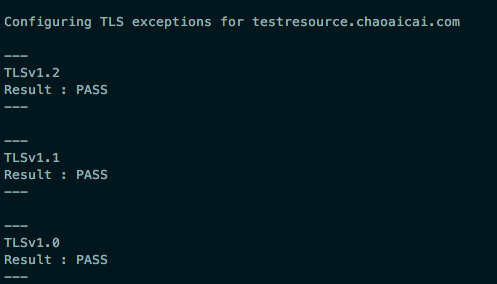
ATS exception configuration
In fact, for the server does not support TLS1.2, but the client to send HTTPS request there is another solution, is to configure ATS, set the lowest TLS version, as shown in infos.plist :
<key>NSAppTransportSecurity</key>
<dict>
<key>NSExceptionDomains</key>
<dict>
<!--你的https域名-->
<key>testresource.chaoaicai.com</key>
<dict>
<!--允许子域-->
<key>NSIncludesSubdomains</key>
<true/>
<!--TLS允许的最低版本号-->
<key>NSExceptionMinimumTLSVersion</key>
<string>TLSv1.0</string>
</dict>
</dict>
</dict>Where, the specific Settings of NSExceptionDomains are described below, where ATS can be understood in more detail
NSIncludesSubdomains: is applied to the domain name, the default is NONSExceptionAllowsInsecureHTTPLoads: whether to allow HTTP requests, YES (allow), the default is NONSExceptionMinimumTLSVersion: TLS version of the lowest NSExceptionRequiresForwardSecrecy: whether to pre encryption, NO (encryption is allowed, but does not support PFS: Perfect forward secrecy), default is YESNSRequiresCertificateTransparency: the need for effective signing certificate, YES (need), the default is NO
This paper just briefly introduces how to configure ATS, and solves the problem that HTTPS cannot be accessed because the server does not support TLS1.2. It is necessary to understand the specific workflow of HTTPS and TLS, please refer to relevant materials.
The resources
# # iOS issue record about NSURLSession/NSURLConnection HTTP load failed (kCFStreamErrorDomainSSL, - 9801)
IOS 9 comes with a series of tutorials
IOS 9.0
Clean up the pits in iOS9 adaptation (graphic)
Cocoa Keys
NSURLSession/NSURLConnection HTTP load failed (kCFStreamErrorDomainSSL, -9802) on a subdomain?
Solution to “the grub PC ‘package failed to install into / target / when installing Ubuntu server
“The ‘grub-pc’ package failed to install into /target/ “this is a problem I encountered in The process of installing Ubuntu server 14.10, solution: disconnect The network at The appropriate time (I was configuring APT) during The installation process, or directly install without network. this scheme has been tried by the author and confirmed to be feasible.
Error: transport error 202: bind failed: address already in use
temporarily copies a project, cp -r
modify the server.xml port number.
start or error
ERROR: transport error 202: bind failed: Address already in use
ERROR: JDWP Transport dt_socket failed to initialize, TRANSPORT_INIT(510)
JDWP exit error AGENT_ERROR_TRANSPORT_INIT(197): No transports initialized [debugInit.c:750]
FATAL ERROR in native method: JDWP No transports initialized, jvmtiError=AGENT_ERROR_TRANSPORT_INIT(197)
netstat looked at the server configuration port number is not occupied.
look at the startup script, there is the specified remote port number address=XXX;
modify the remote port number, then boot is good.
How to solve SVN authorization failed error
how to solve SVN Authorization failed error
to recommend a cat smoking site: love cats (http://15cat.com), I hope you like
Conf:
[general]
anon-access = read
authth-access = write
password-db = passwd
authz-db = authz
2, passwd:
[users]
admin=123
3, authz:
[groups]
//
admin = rw
appears authorization failed exception, usually in the authz file or svnserv.conf, the user group or user authorization is not well configured, as long as the setting [/] can represent all the resources in the root directory, if you want to limit the resources, you can add the subdirectory.
Alicloud centos8 reports an error “error: failed to synchronize cache for repo ‘EPEL modular'”
ali cloud has been online centos8 system, the 8 series is relatively new, ali cloud bug is still there, use yum unexpectedly can not, the system default did not install git, want to install yum install git directly Error “Error: Failed to synchronize cache for repo ‘epel-modular'”, extend source Error, baidu has no solution, it can only solve by itself!
the solution is simple:
scheme 1: directly delete /etc/yum.repos. D (first backup)
directory epel beginning file
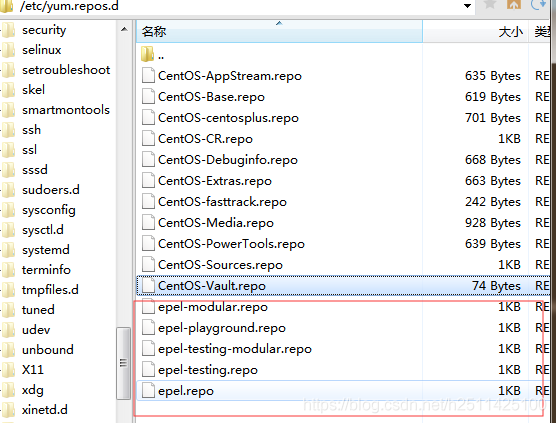
would be yum.
scheme 2:
yum succeeded but the prompt program does not exist and cannot install
do not delete /etc/yum.repos. D inside the file
edit
vi /etc/resolv.confand
nameserver 114.114.114.114save
and then execute yum successfully
ali cloud recently launched centos8 can’t yum, DNS can’t resolve the extended library domain name. Hey, their family is a little careless about their operation and maintenance
Server Tomcat v8.0 Server at localhost failed to start.
error message:
Server Tomcat v8.0 Server at localhost failed to start.
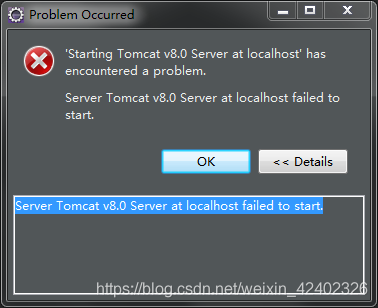
this situation appears, generally there are two situations.
The first type:
port is occupied or the service is forcibly closed at startup.
service startup is forcibly shut down: clean the tomcat cache: right click tomcat-> Clear

after clearing the cache, close the editor eclipse
and then go to the directory D:\tomcat\apache-tomcat-8.0.17\bin to close tomcat
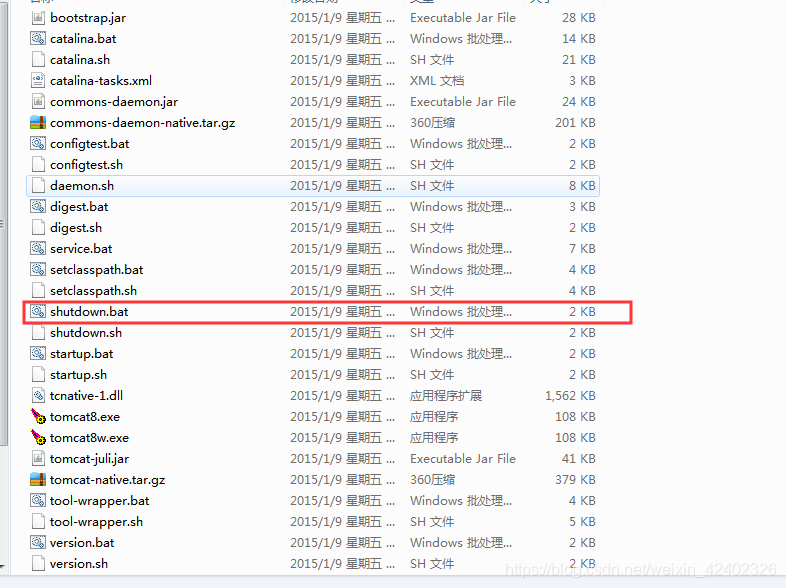
so that is solved.
if the port is occupied, you need to modify the tomcat port, or go to the service to see who is occupying the port. 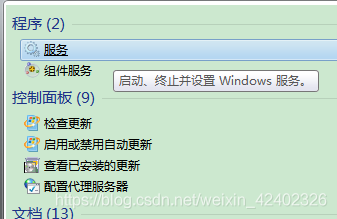
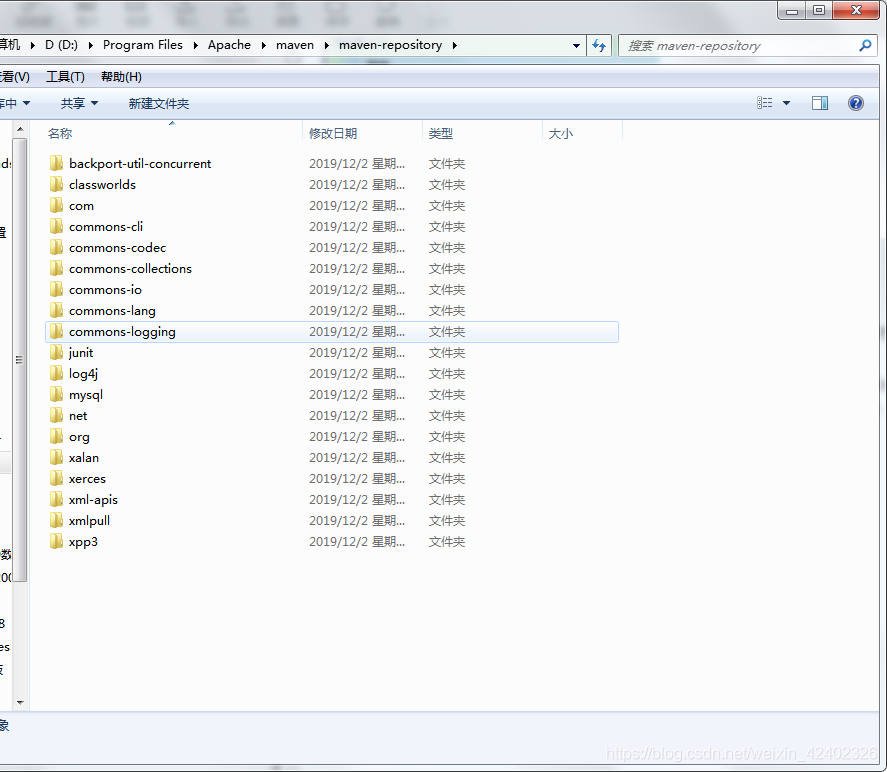
must be modified or closed. The second kind:
startup project is maven project and maven local repository is broken, not fully downloaded, jar package is missing, the code is not recognized at compile time, also will report this error.
the most simple and rude method at this time is to close the compiler eclipse to avoid other projects accidentally, and then go to the maven local repository storage location
D:\Program Files\Apache\maven\maven-repository delete all the jar package Files in this directory:
![]()
then execute the MVN help:system command under CMD, maven’s warehouse will download the Files again.

download successful: